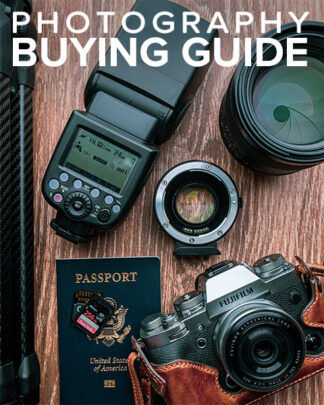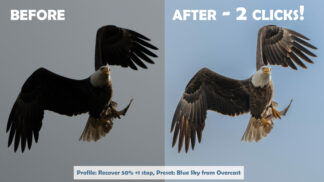Flashes can be controlled wirelessly, allowing you to move your flash off-camera and light your subject from a different angle. This technique is primarily used for planned portraits. There are three primary techniques for wirelessly triggering flashes:
- Optical. Slave flashes fire when they detect the bright light from another flash. This technique works reliably, but does not allow you to control remote flashes. You wouldn’t want to use a flash trigger if other photographers were using flash, because your slave would fire anytime someone else took a picture. Some flashes have optical slaves built in, but you can add an inexpensive optical slave to any flash. Optical slaves work with any model of flash, including a camera’s built-in flash.
- Infrared. Many flashes can communicate using infrared signals. This allows you to control the output of slave flashes from the master flash and prevents other photographers from inadvertently firing your flash. However, infrared flashes require line-of-sight communications, so slave flashes have to be facing the master, and they might not go off if someone walks between the flashes.
- Radio. You can also buy radio flash triggers, such as those made by PocketWizard, and connect them to any flash or studio lighting equipment. Radio flash triggers can work with generic flashes, allowing you to use less expensive flashes. Because they use radio waves instead of light waves, they have a greater range and will continue to work even if someone walks between the master and the slave.
There are also two varieties of infrared and radio triggers:
- Non-TTL “Radio Poppers.” These triggers (starting at about $10 per flash) simply fire the flash according to the settings on the back of the flash. If you decide you need to change the light output, you need to walk to the flash and push buttons. Because you probably need to take another test shot to see if you got the lighting right, non-TTL flash triggers can make setting up a shot very time-consuming.
- TTL/Remote Control. More expensive triggers (starting at about $45 per flash) communicate with the camera or the transmitter, allowing you to control their light output without leaving your camera. This allows you to make adjustments much more quickly.
This chapter will discuss the features typically found on different flashes so that you can determine which features are worth the extra cost and which you simply don’t need.





